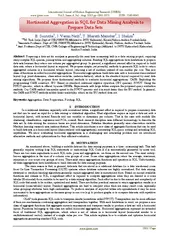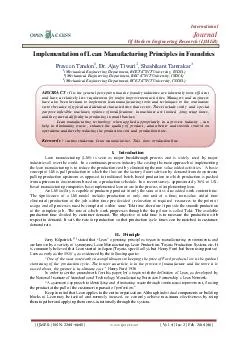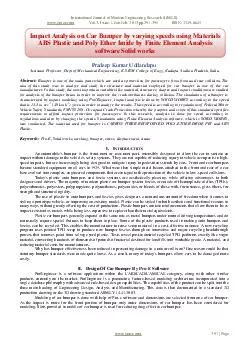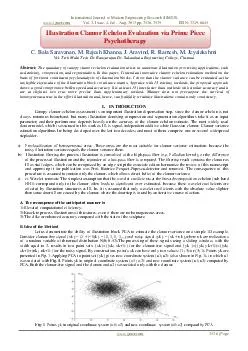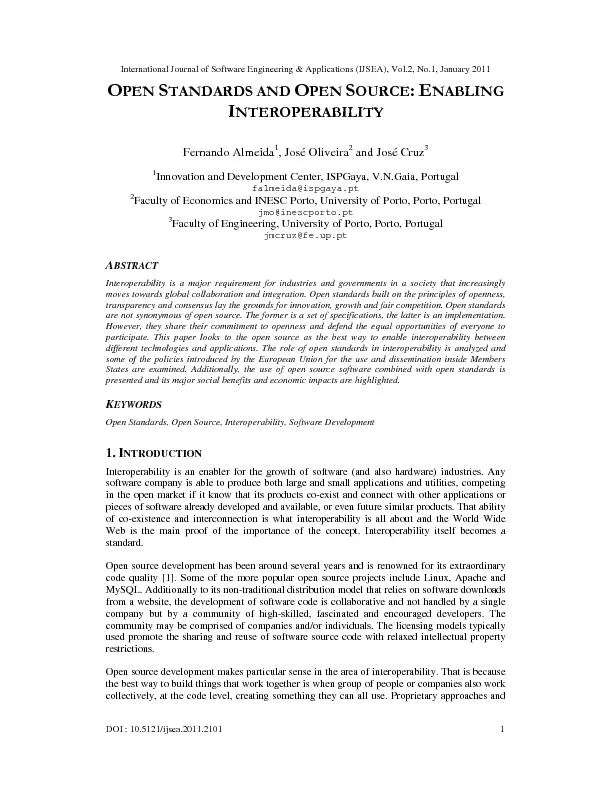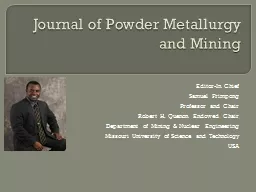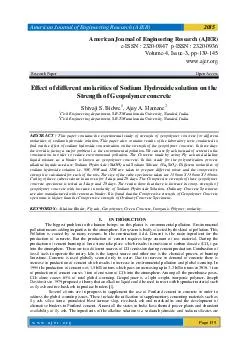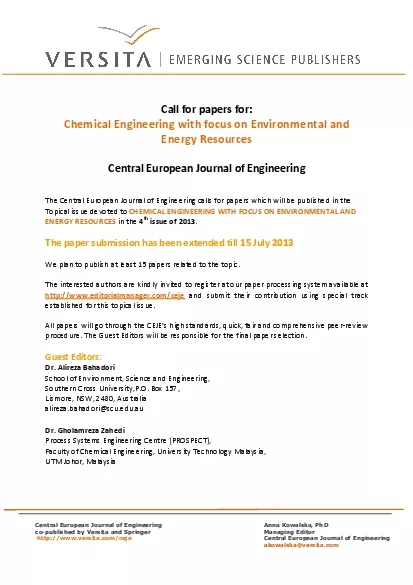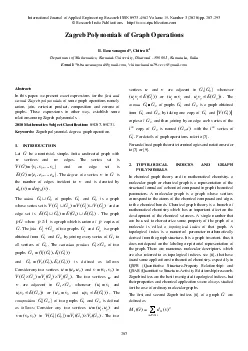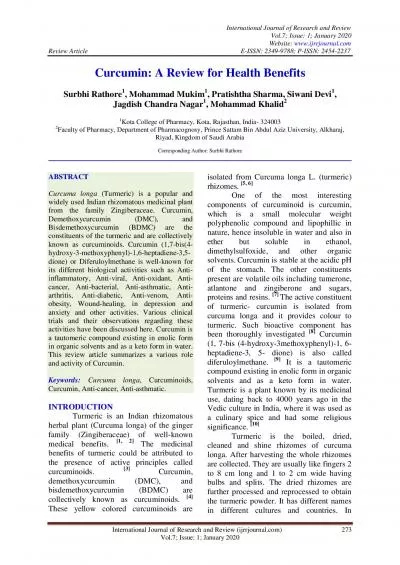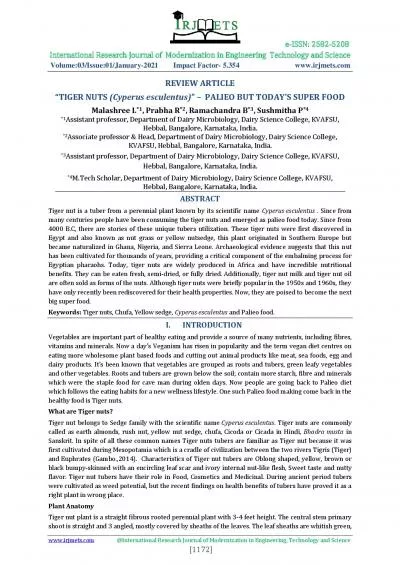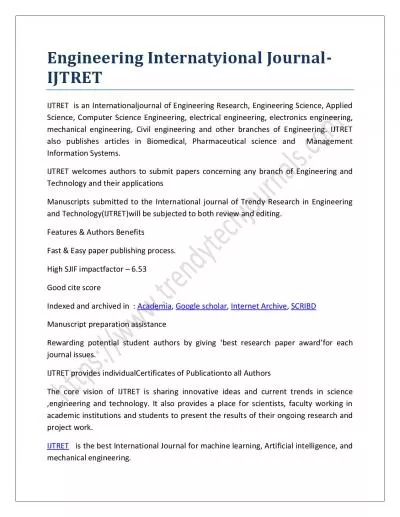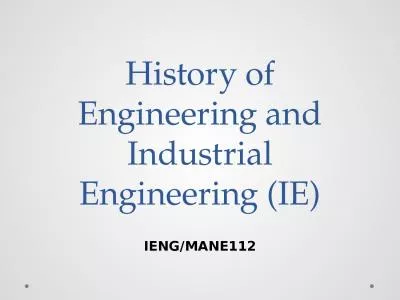PDF-International Journal of Modern Engineering Research I
Author : cheryl-pisano | Published Date : 2015-04-24
ijm ercom Vol3 Issue Jul Aug 2013 pp 1861 1871 ISSN 2249 6645 wwwijmercom 1861 Page B Susrutha J Vamsi Nath T Bharath Manohar I Shalini 4 M Tech 2ndy rDept of CSE
Presentation Embed Code
Download Presentation
Download Presentation The PPT/PDF document "International Journal of Modern Engineer..." is the property of its rightful owner. Permission is granted to download and print the materials on this website for personal, non-commercial use only, and to display it on your personal computer provided you do not modify the materials and that you retain all copyright notices contained in the materials. By downloading content from our website, you accept the terms of this agreement.
International Journal of Modern Engineering Research I: Transcript
Download Rules Of Document
"International Journal of Modern Engineering Research I"The content belongs to its owner. You may download and print it for personal use, without modification, and keep all copyright notices. By downloading, you agree to these terms.
Related Documents

